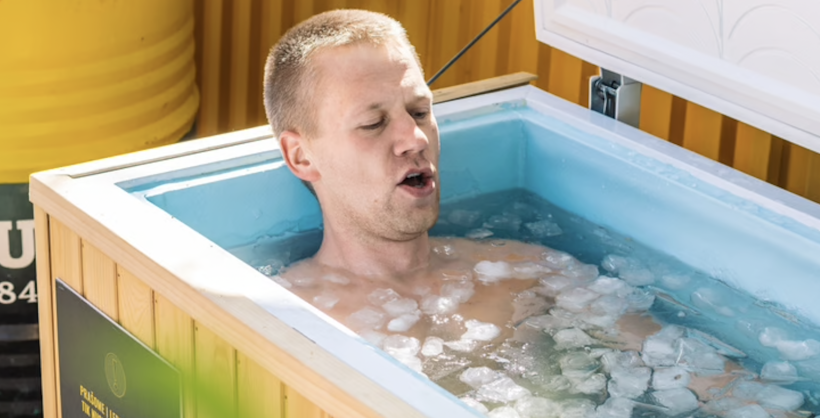In the ever-evolving world of health and wellness, cold exposure therapy, commonly referred to as cryotherapy, has gained significant traction. This method involves the use of cold temperatures to potentially improve health and well-being. From the visually striking ice baths popularized on social media to the more extreme whole-body cryotherapy where individuals are exposed to freezing temperatures for several minutes, this therapy comes in various forms.
At its core, cold exposure therapy is not just about enduring the chill. It’s about leveraging the cold to bring about physical and mental benefits. For those who integrate this into their fitness routines, it’s seen as a way to enhance recovery after intense workouts, lessen muscle soreness, and manage different kinds of pain, including the discomfort of migraines. But the scope of its benefits extends beyond just physical relief.
One intriguing aspect of cold therapy is its potential to regulate mood and improve sleep quality, primarily through stimulating the vagus nerve. This nerve plays a crucial role in calming the body after stress, making cold exposure a topic of interest for those looking to reduce anxiety and achieve better sleep patterns.
However, the enthusiasm surrounding this therapy is tempered by the limited scope of empirical research. While there are studies suggesting its effectiveness in areas such as pain management, mood regulation, and immune system enhancement, these are mostly small-scale studies. The scientific community agrees that more robust research is needed to fully understand the effectiveness and ideal conditions for cold exposure therapy.
Despite its potential benefits, it’s important to acknowledge that cold exposure therapy is not without risks. The most significant concerns revolve around its impact on the cardiovascular system. For individuals with heart disease or those at risk of stroke, the increased heart rate and blood pressure during cold exposure can be particularly dangerous. Additionally, prolonged exposure to cold can lead to frostbite or cold panniculitis, a type of skin irritation. There’s also a documented risk of triggering heart arrhythmias when submerging the face in cold water, underscoring the need for caution.
For fitness enthusiasts keen on exploring cold therapy, there are accessible ways to start at home. Cold showers, for instance, can be an easy entry point. Beginning with short durations under cold water and gradually increasing the time can help acclimate the body to the cold. Ice baths are another popular method, particularly for post-exercise recovery, though they may not be necessary for everyone. Simpler recovery tools like foam rollers might suffice for most. In situations where a bath or shower isn’t an option, localized cold packs, especially when applied to the back of the neck or underarms, can offer some benefits.
Before diving into cold water therapy, consulting with a healthcare professional is essential, especially for those with existing health conditions. While the allure of cold exposure therapy is strong, particularly in the fitness community, it’s crucial to approach it with an understanding of both its potential benefits and risks.”
Check out the company Khione and CoolNights for products regarding temperature regulation in the form of water cooled pillows and matrasses.
Laila Azzahra is a professional writer and blogger that loves to write about technology, business, entertainment, science, and health.
